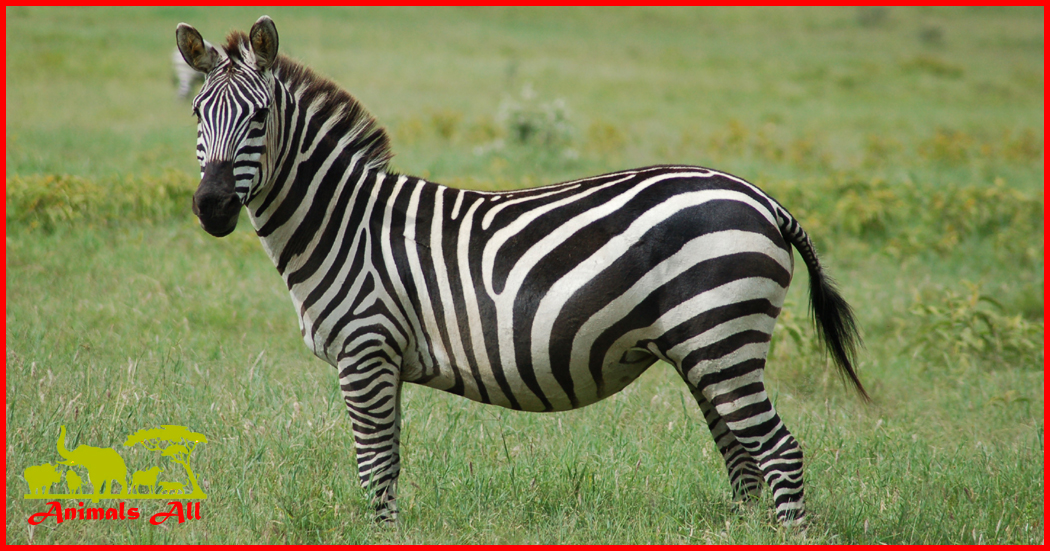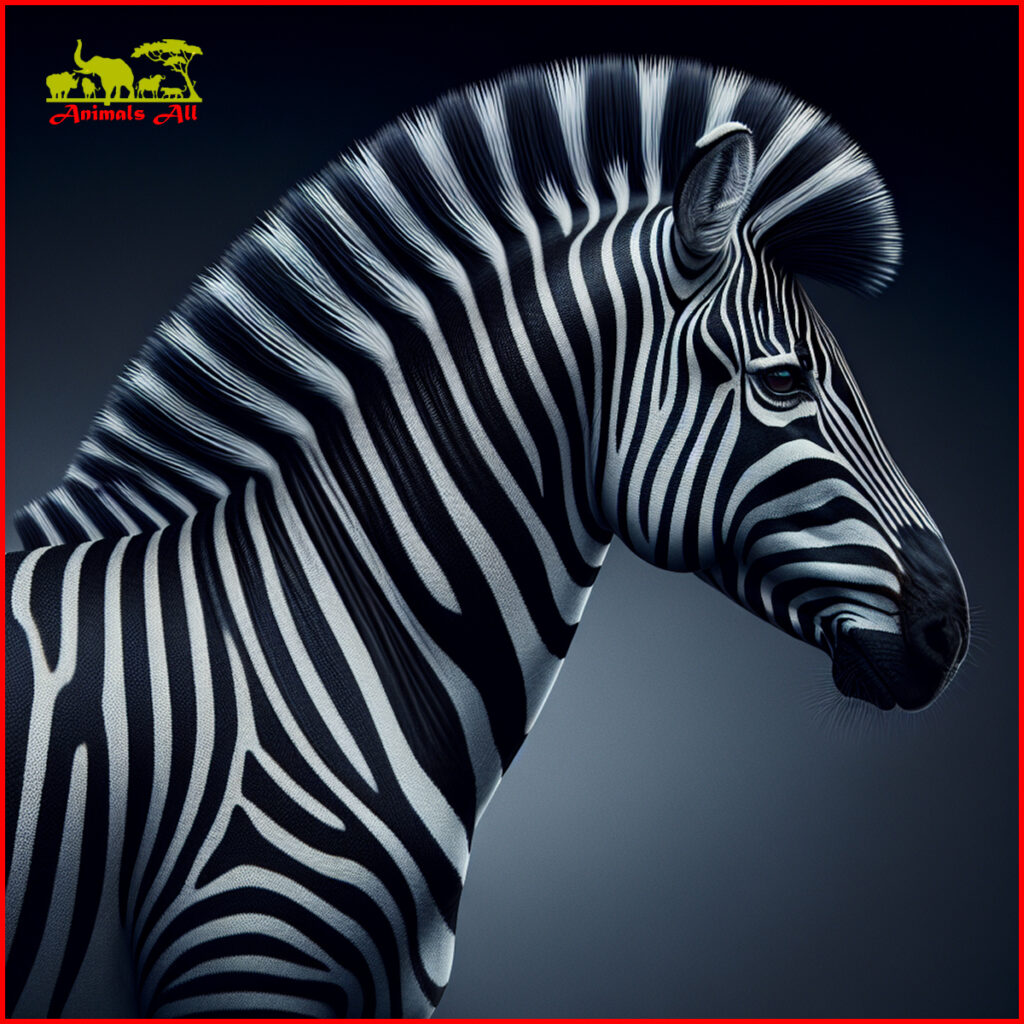
Let’s know all about Zebra
Zebras are fascinating creatures that have captivated our imagination for centuries. With their striking black and white coats and unique behaviors, zebras stand out in the animal kingdom. But there are some surprising facts about zebras that you might not be aware of. In this article, we will explore these intriguing facts about zebras.
The Role of Zebras in Ecosystem
Zebras play a significant role in maintaining ecosystem balance:
- They are herbivores that graze on grasses, helping to keep vegetation in check and prevent overgrowth.
- As prey animals, they also serve as a vital food source for predators such as lions and hyenas.
Beyond their ecological importance, zebras have captured our attention with their distinctive appearance and behaviors.

What We Will Cover
In this article, we will cover the following topics:
- The significance of zebras’ stripes
- The peculiar way zebras sleep
- The complex social lives of zebras
- The different species of African zebras
- The conservation concerns surrounding these enchanting creatures
So let’s dive in and uncover the secrets of these fascinating animals together!
The Striking Appearance of Zebras: Unlocking the Mystery Behind Their Unique Black and White Coats
The most iconic feature of zebras is undoubtedly their black and white stripes. These striking patterns have fascinated scientists, researchers, and animal lovers alike for centuries. Let’s delve into the world of zebra stripes and uncover the intriguing secrets behind their mesmerizing appearance.
Exploring Zebra Stripes: Nature’s Artistry
Zebra stripes are often compared to human fingerprints due to their uniqueness. Just like how no two fingerprints are identical, each zebra has its own distinct stripe pattern. However, unlike fingerprints that serve as identification markers for humans, zebra stripes play a different role in nature.
Visual Defense Mechanism: Camouflage from Predators
One prevailing theory behind zebra stripes is their function as a visual defense mechanism against predators. The bold black and white patterns disrupt the outline of a zebra’s body, making it difficult for predators to single out an individual zebra from a distance. This camouflage effect is especially effective when zebras gather in groups, creating a mesmerizing visual spectacle that confuses and disorients potential attackers.
In the wild, there have been numerous instances where predator attacks on zebras have failed due to the confusion caused by their stripes. For example, when lions attempt to ambush a herd of zebras, the fast-moving striped patterns make it challenging for them to focus on one target amidst the chaos of running zebras. This makes it easier for individual zebras to evade capture and escape from predators.
Thermoregulation: Stripes and Body Heat Control
Another fascinating aspect of zebra stripes is their potential role in thermoregulation. Zebras inhabit diverse habitats ranging from grasslands to woodlands, each with its own unique climate conditions. The black stripes absorb heat from sunlight, while the white areas reflect sunlight and help keep the zebras’ bodies cool. This balance in heat absorption and reflection may aid in regulating their body temperature, allowing them to adapt to varying environmental conditions.
The Science Behind Zebra Stripes
To understand the science behind zebra stripes, researchers have conducted various studies. One study published in the BBC Future explored the potential link between stripes and warding off disease-carrying horseflies. Another research article by the Science Museum of Virginia shed light on how these patterns confuse predators and protect zebras from being targeted.
A Living Enigma: The Zebra’s Stripes
Despite extensive research, the mystery of zebra stripes continues to captivate scientists. While theories of camouflage and thermoregulation offer plausible explanations, the exact reason for their unique stripe pattern remains elusive. Each new study brings us closer to unraveling the enigma of zebra stripes, but there is still much to discover about these fascinating creatures.
By examining the zebra’s most striking feature, we gain a deeper appreciation for their intricate design and the complex interplay between form and function in nature. From serving as a visual defense mechanism against predators to potentially aiding in thermoregulation, zebra stripes are a testament to the wonders of [evolution](https://www.brit
2. Sleep Like a Zebra: Unraveling the Peculiar Sleeping Habits of These Equids
Zebras are famous for their ability to sleep while standing, which is different from how many other animals sleep. This behavior serves several important purposes for them in their natural habitat.
Why Do Zebras Sleep While Standing?
1. Sleeping While Standing
Zebras have a unique way of taking short naps while standing up, thanks to their special body structure and traits that have evolved over time. This sleeping habit allows them to stay alert and ready to run away from potential predators immediately. By reducing the time they spend lying down, zebras can quickly react to any signs of danger, thus increasing their chances of survival in the wild.
2. Early Predator Detection
Sleeping while standing gives zebras an advantage when it comes to spotting predators early. Even during short periods of rest, their senses remain sharp, allowing them to react quickly to any possible threats. This heightened awareness is crucial for their survival in the African savannas, where predators are always a risk.
3. Locking Knees for Stability
To stay balanced while sleeping upright, zebras have developed an interesting adaptation: they can lock their knees. This feature lets them fall asleep without worrying about falling over, ensuring that they can rest without putting themselves in danger. The ability to lock their knees while sleeping is a clear example of how zebras have evolved physical traits that help them survive in the savanna.
These peculiar sleeping habits of zebras find some similarities with other animals as well. For instance, cattle and horses also exhibit similar behaviors, albeit with some variations. While horses might not sleep while standing up, their unique physiology prevents them from sitting or lying down for extended periods even while sleeping. Similarly, cattle are known to have difficulty standing due to various health issues. These comparisons highlight how different species have evolved distinct strategies to adapt to their environments and ensure survival.
In summary, the strange sleeping habits of zebras show how they are able to adapt to their environment in clever ways. By staying alert even during rest and having special physical features for stability, zebras demonstrate nature’s brilliance in equipping these amazing animals for life in the wild.
3. Social Lives of Zebras: A Glimpse into Their Complex Group Dynamics
Zebras are social animals that rely on their herds to survive in the wild. Being part of a group brings many benefits, such as finding food more easily and staying safe from predators by watching out together. This way of living is crucial for zebras because it increases their chances of spotting danger and getting away from it. It shows just how important their social structure is.
The Power of Communication in Zebra Groups
Communication is key within zebra groups. It helps them stick together and share important messages. Zebras use different sounds and body movements to talk to each other, whether it’s a loud call or a small gesture. These forms of communication serve various purposes:
- Coordinating Movements: Zebras synchronize their actions through signals, allowing them to move as one unit. This coordination is especially useful during activities like migration or escaping from predators.
- Warning Signals: When a zebra spots danger, it can quickly alert others through specific calls or movements. This early warning system helps the entire group stay vigilant and respond promptly.
- Expressing Feelings: Just like humans show emotions through facial expressions, zebras do the same. By observing their facial cues, we can get insights into how they’re feeling and understand the overall mood of the herd.
The Significance of Zebra Facial Expressions
One interesting aspect of zebra communication is their use of facial expressions. Similar to how we can tell someone’s emotions by looking at their face, zebras also convey feelings through their facial expressions. These expressions give us clues about their current emotional state and can indicate the well-being of the entire herd.
The Importance of Group Dynamics for Zebras
Studying how zebras interact with each other and how they communicate helps us see just how complex their social lives are. It shows us the intricate ways in which they depend on one another and how their behavior is shaped by these interactions. By understanding these dynamics, we can better appreciate and protect zebra communities in their natural habitats.
4. The Three Amigos: Spotlight on the Different Species of African Zebras
Zebras are not just known for their striking black and white stripes but also for their incredible diversity. In fact, there are three main species of zebras found in Africa, each with its own unique characteristics and adaptations that enable them to thrive in their specific environments.
Plains Zebra (Equus quagga)
The plains zebra, also known as the common zebra, is the most widespread and abundant species of zebra. They can be found in various habitats across eastern and southern Africa, including grasslands, savannas, and even semi-arid areas. Here are some key features of the plains zebra:
- Stripes: The plains zebra has bold black and white stripes that run horizontally across its body. These stripes are narrower compared to other zebra species and extend all the way down to the hooves.
- Social Behavior: Plains zebras live in large herds consisting of several females, their offspring, and a dominant male. These herds can consist of hundreds or even thousands of individuals.
- Adaptations: To survive in their diverse habitats, plains zebras have developed a digestive system that allows them to efficiently extract nutrients from low-quality grasses. They can also withstand long periods without water by relying on moisture obtained from their food.
Grevy’s Zebra (Equus grevyi)
Grevy’s zebras are larger than plains zebras and are named after Jules Grevy, a former president of France who received one as a gift from Abyssinia (modern-day Ethiopia) in the late 19th century. Here’s what sets Grevy’s zebras apart:
- Stripes: Grevy’s zebras have more narrow and closely spaced stripes compared to other zebra species. The stripes extend all the way down to the hooves and continue on the belly.
- Habitat: These zebras are found in more arid regions of eastern Africa, such as semi-deserts and scrublands. They can tolerate harsh conditions and are adapted to survive on limited water resources.
- Social Structure: Grevy’s zebras have a less cohesive social structure compared to plains zebras. Adult males establish territories, while females and their offspring form smaller groups.
Mountain Zebra (Equus zebra)
As the name suggests, mountain zebras inhabit mountainous regions of southern Africa. These zebras have evolved unique adaptations to thrive in their rugged habitats:
- Stripes: Mountain zebras have broad stripes that are widely spaced compared to other zebra species. The belly is mostly white, with stripes extending only partially down the legs.
- Habitat: They are found in rocky and hilly areas where they can navigate steep slopes with ease. Mountain zebras are well adapted to withstand colder temperatures and harsh weather conditions.
- Conservation Status: Unlike plains and Grevy’s zebras, mountain zebras were once threatened by habitat loss and hunting. However, conservation efforts have helped increase their population numbers in recent years.
By highlighting the distinct characteristics of each zebra species, we can appreciate the incredible diversity within this remarkable animal group. From the plains zebra’s adaptability to various habitats to Grevy’s zebra’s ability to survive in arid environments and the mountain zebra’s resilience in rugged terrain, these species demonstrate nature’s incredible ability to adapt and thrive.
The information provided above is based on general observations of each species’ characteristics and may vary within populations.
Conservation Concerns: Protecting Zebras for Future Generations
The Current State of Zebras in the Wild
Zebras, like many other wildlife species, face significant conservation challenges. With increasing human encroachment and habitat destruction, the natural habitats of zebras are shrinking at an alarming rate. As a result, their population numbers are dwindling, making it crucial to prioritize conservation efforts.
The Main Threats to Zebras
Habitat loss due to human activities such as agriculture, mining, and urban expansion poses a grave threat to zebras. Furthermore, poaching for their skin and meat continues to be a persistent danger. However, numerous conservation organizations and initiatives are actively working to safeguard these majestic creatures. For instance, the work of the Grevy’s Zebra Trust in Kenya has been instrumental in protecting the endangered Grevy’s zebra through community-based conservation programs.
Conclusion
Zebras are truly fascinating creatures, with their distinctive black and white stripes, unique sleeping patterns, and intricate social structures. Throughout this exploration, we’ve uncovered some incredible facts about zebras that highlight their importance in the natural world.
Zebras as Ecosystem Stewards
One of the key roles zebras play is maintaining balance in ecosystems. Their grazing behavior helps control the growth of vegetation, which has a ripple effect on other plant and animal species. By keeping certain plants in check, zebras create opportunities for a diverse range of species to thrive.
The Threats They Face
Unfortunately, zebras are facing significant challenges that threaten their survival. Habitat loss due to human activities such as agriculture and infrastructure development is shrinking their living spaces. Additionally, poaching for their meat and skin remains a persistent issue in certain regions.
The Need for Conservation
It is crucial that we take action to protect zebras and ensure their long-term survival. Conservation efforts should focus on:
- Preserving Natural Habitats: Safeguarding existing zebra habitats and creating protected areas where they can roam freely.
- Combating Poaching: Implementing strict anti-poaching measures and raising awareness about the illegal wildlife trade.
- Promoting Sustainable Practices: Encouraging sustainable land use practices that minimize negative impacts on zebra habitats.
Our Role in Making a Difference
Each one of us has a part to play in safeguarding zebras and other endangered species:
- Supporting Conservation Organizations: Contributing to reputable conservation organizations working towards zebra protection.
- Making Informed Choices: Being mindful of our consumer choices and opting for products that are responsibly sourced.
- Educating Others: Sharing knowledge about zebras and the importance of biodiversity conservation with friends and family.
By coming together and taking these actions, we can create a future where zebras continue to roam the grasslands and inspire generations to come.


One thought on “Let’s know all about Zebra”